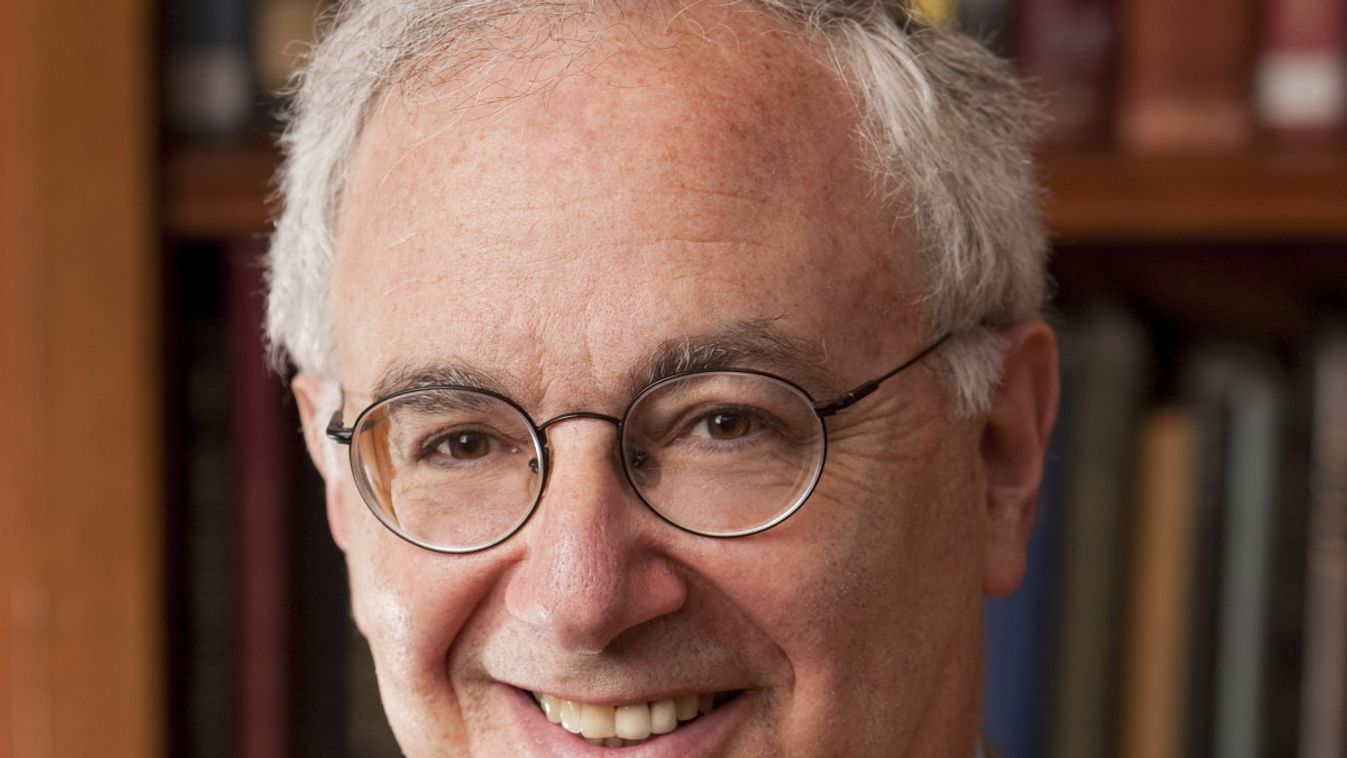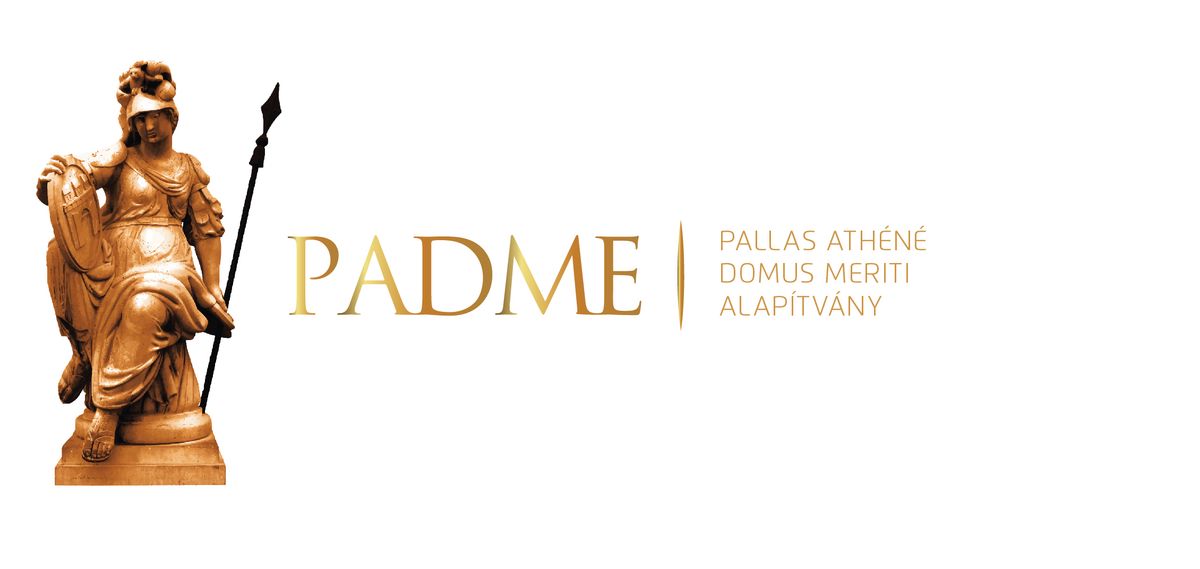Két út áll az Európai Unió előtt: az egyik a történet végét jelentené

Egyre világosabb, Orbán Viktor miért hangoztatja régóta, hogy a brüsszeli politika irányát meg kell változtatni.

“Popular movements have played a central role in constitutional transformations during the post-War era in both the United States and the European Union. Charismatic presidents have also revolutionized American constitutional law through transformative appointments to the Supreme Court.” – explains Bruce Ackerman, Sterling Professor at Yale Law School in a conversation with Lénárd Sándor, researcher at the American Studies Research Institute of the National University of Public Service, located in Budapest.

Over the past 75 years, both Americans and Europeans have engaged in an on-going effort to define the nature of their Continental Unions. How much legitimate authority remains with the member states and how much with the central government sitting in Washington and Brussels - Strasbourg?
There has been no final answer to this question. The balance of power between the center and member states has shifted in different directions during different decades. When the Berlin Wall fell in 1989, almost nobody would have predicted the institutional relationships which prevail today; thirty years from now, the next generation will also witness dramatically different patterns of authority than those which currently prevail on each Continent.

Despite these shifting dynamics, there are certain institutional continuities. In both cases, the supreme courts of the Union have generally played a centralizing role, imposing Union rules on member states. But conventional analysis has focused too narrowly on these courts. If we take a broader view of the Continental regimes on both Continents, the courts typically play a secondary role in comparison to the operation of movement-parties, led by dynamic leaders, who seek to transform the institutional status quo – in either the centralizing or decentralizing direction.
In your newly published book, Revolutionary Constitutions: Charismatic Leadership and the Rule of Law you discuss the role of populism and populist movements at critical turning points in the constitutional development of the United States. Can you explain this point?
As a Hungarian, you are entirely familiar with the basic idea, since Fidesz is a “movement party” seeking to transform the country’s political identity. But the United States is also currently the scene of competing movement parties led by Trump and his Democratic opponents. This present-day American confrontation is framed by two centuries of movement-party efforts at constitutional transformation. George Washington led a revolutionary movement that declared its independence from the British Empire. Washington’s movement, moreover, aimed to establish an Enlightenment Republic, and repudiate the very idea of hereditary monarchy. What is more, Washington was true to his word. He used his charismatic authority as the first President of the Republic to reinforce the constitutional order that his movement had sacrificed so much to create.
Nevertheless, in Thomas Jefferson’s view, Washington’s constitutional construction centralized far too much power in Washington D.C. – and Jefferson successfully organized a new “Republican” political movement which radically shifted the balance of authority in the direction of the member states of the Union. The competing centralizing and decentralizing constitutional revolutions of the Founding generation have served as a prelude to repeated efforts by later generations to mobilize new citizen-movements which aimed, once again, to transform the constitutional status quo. Some have been successful; others, less so. But all have been consequential in shifting the balance of power between center and periphery – in one direction or the other.
What do these movements centre around?
During the first 75 years of their existence, the United States and European Union faced the same fundamental issue. From the Founding through the Civil War, Americans struggled over this basic question: was the United States a federation or a confederation? The same has been true in Europe during the post-war era. While political movements struggled over this question, the role of the supreme courts of the Union were similar in both cases. The Marshall Court, and its successors, intervened repeatedly in the affairs of member states. But the only time they intervened decisively in national politics was in the Dred Scott case in 1857. In this notorious decision, the Court held it unconstitutional for Congress to prohibit white slave owners to move freely into all U.S. territories with their slaves. From this perspective, current European controversies over “freedom of movement” have their analogue during the first 75 years of American development.
More broadly, the European Court of Justice has displayed the same general pattern as the American Supreme Court during the pre-Civil War era. It has aggressively imposed EU principles on member-state governments, but it has refused to adopt the same stance when dealing with the European Commission, Parliament or other Continental institutions. Like the Supreme Court of the early Republic, it has tended to remain on the sidelines while different political movements, led by different states, struggled over the federation/confederation issue.
In your book you are also referring to the role of the charismatic leader in shaping constitutionalism. Can you elaborate on this phenomenon?
During the nineteenth century, both the US Senate and the President were indirectly elected by the member states. Only the House of Representatives was directly elected by the voters. Broadly speaking, the situation resembled the current set-up in the EU – where the directly elected members of the European parliament are “checked and balanced” by a series of Continental institutions controlled by the member states.
It is a mistake, for example, to suppose that the charismatic leader of the American anti-slavery movement during the Civil War was Abraham Lincoln. To the contrary, he was only transformed into a sainted hero after his tragic assassination. During the country’s four years of bloody battle, it was Thaddeus Stevens, the leader of the House of Representatives, who was the great egalitarian champion of black liberation. (Take a look at volume 2 of We the People for details.).
The very idea that Presidents could legitimately claim “mandates from the People” emerged only gradually during the first third of the twentieth century –with the ascent of Theodore Roosevelt and Woodrow Wilson to the White House. But it was only Franklin Roosevelt who consolidated this principles by vindicating his “mandate” through four sweeping victories at the polls from 1932 through 1944. This set the stage for later presidents to claim similar “mandates” in the post-War era. It is this transformation which permits me, in Revolutionary Constitutions, to compare the attempts by charismatic Presidents to revolutionize American government with similar efforts by Nehru or Mandela or De Gaulle or Walesa, among others.
How do you see the role of the judiciary?
In most of my the studies in Revolutionary Constitutions, the judiciary only begins to play a decisive role after the original charismatic leader has left the scene, and victorious movement-activists begin to lose their political energy now that the old regime has been successfully overthrown. As the nation returns to “normal politics,” its highest court has often taken on the task of defending the constitutional principles that were inscribed into the new constitution initially affirmed under the auspices of leaders like De Gaulle or Nehru.
From this perspective, Roosevelt’s New Deal introduces a variation on this theme. Rather than calling on his followers to endorse an entirely new Constitution, as in 1787, or revolutionary amendments, as in the aftermath of the Civil War, Roosevelt provoked the “Court-packing crisis” of 1937 in response to a series of judicial decisions invalidating key New Deal statutes expressing his movement’s commitment to social democracy. When faced with this profound threat to its legitimacy, the conservatives on the Court reversed themselves, and quickly retired from the bench. This gave Roosevelt the opportunity to replace them with New Deal intellectuals like Felix Frankfurter, William O. Douglas and Robert H. Jackson.
To put the point in a single line: While charismatic leaders like De Gaulle or Nehru presided over the enactment of formal Constitutions, Roosevelt achieved his constitutional revolution through “transformative judicial appointments.”
But in its post New Deal history, the United States has experienced a robust progressive shift away from its original constitutional design. What role did the judiciary play in this transformation?
After handing down a series of dramatic opinions constitutionalizing the social democratic principles of the New Deal, the reconstituted Court then expanded these egalitarian principles to confront racism. Brown v. Board of Education (1954) is the paradigmatic example of judicial leadership in the 20th century.
The Southern states, where racism was most entrenched, responded to Brown by asserting their “sovereign” authority to protect their regional practices of racial subordination. For the following decade, it often seemed that the Sourtherners would prevail in their mobilized effort to render Brown a nullity. It was only the countermovement for racial equality, led by charismatic leaders like Martin Luther King that made all the difference. After gaining a sweeping electoral victory in 1964, Lyndon Johnson and Congress enacted the Civil Rights Act of 1964 and Voting Rights Act of 1965 – which finally forced school integration in the South by cutting off funds and effectively assured racial minorities the right to vote throughout the nation. Once again, the constitutional revolution of the 1960’s could not have been achieved by the Supreme Court alone. It was the product of both judicial reason and mobilized political will.
In the past decades, however, we can witness a judicial aspiration to undo or at least correct some the centralizing characteristics of the New Deal…
You are quite right. But this evolving pattern began in the political, not judicial, sphere. After winning in 1980, Ronald Reagan famously declared that “Big government was the problem, not the solution.” He then proceeded, in the manner of Franklin Roosevelt, to declare that he had a “mandate from the People” to initiate a “new era” of “free market liberalism” – both by enacting sweeping forms of deregulatory legislation and by appointing neo-conservative Justices, like William Rehnquist, to challenge New Deal constitutional doctrines.
After winning reelection in 1984, Reagan sought to propel his constitutional revolution forward by the very same methods used by Roosevelt 50 years earlier. Just as Roosevelt appointed Harvard professor Felix Frankfurter to the Court, Reagan appointed University of Chicago Professor Anthony Scalia; he then tried to continue the neo-conservative revolution by nominating Yale law professor Robert Bork, who explicitly declared, at his confirmation hearings, that he was planning to repudiate many landmark decisions of the New Deal-Civil Rights era once he ascended to the Court.
When Felix Frankfurter made an analogous declaration repudiating the Old Court in 1939, his announcement was greeted with great public enthusiasm. But this time around, Bork’s declaration of his revolutionary intentions led to his defeat on the floor of the Senate in 1987. From that time on, the majority of successful appointees to the Court only gradually narrowed a number of important doctrines inherited from the New Deal-Civil Rights era in a series of small steps. But it is only Donald Trump’s radical nationalism movement, supported by Congressional Republican leaders, which has successfully made two “transformative appointments” to the Court to create a new judicial majority which will predictably undertake a sweeping repudiation of the core constitutional doctrines of the past 75 years – unless the egalitarian countermovement that has taken over the Democratic Party gains a decisive victory in the 2020 elections.
One thing is clear: the current impeachment crisis has led ordinary Americans to dramatically increase the attention they devote to the issues raised by the dramatically polarized Republican and Democratic movements competing for popular support in Washington D.C. Citizens will go to the polls this coming November recognizing that they are making fateful decisions that may well shape the future of America for the next fifty years.
***
A cikk a Pallas Athéné Domeus Educationis Alapítvány támogatásával valósult meg.
